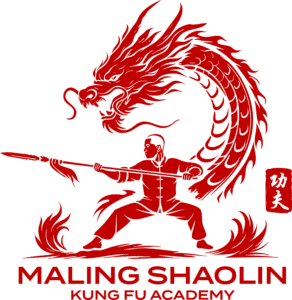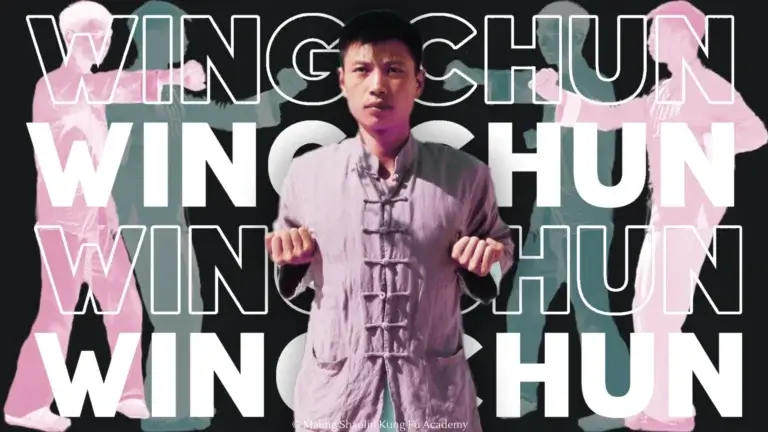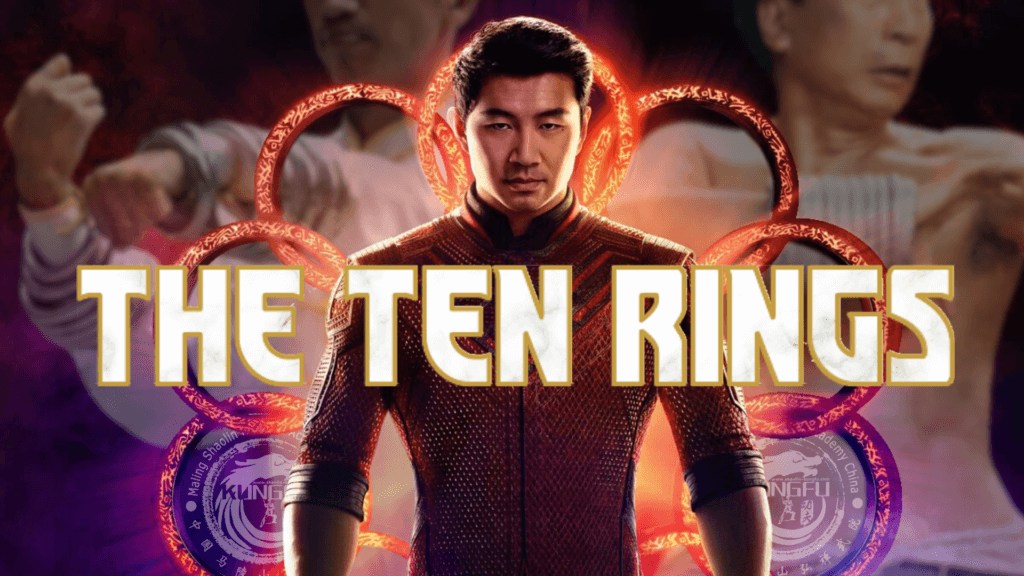
Marvel’s “Shang-Chi and the Legend of the Ten Rings” takes audiences on a thrilling journey into the world of martial arts, blending traditional Kung Fu styles with superhero flair. The film introduces us to Shang-Chi, a highly skilled martial artist whose combat prowess reflects a fusion of various Kung Fu disciplines. But did you know the Ten Rings are based on real Kung Fu iron rings? Read on to learn more!
Kung Fu Styles and Forms
Shang-Chi’s fighting style is a testament to the filmmakers’ dedication to authenticity and visual appeal. While specific styles are not explicitly named, his movements draw inspiration from several traditional Kung Fu disciplines, blending them into a cohesive and captivating martial arts display.
Wing Chun
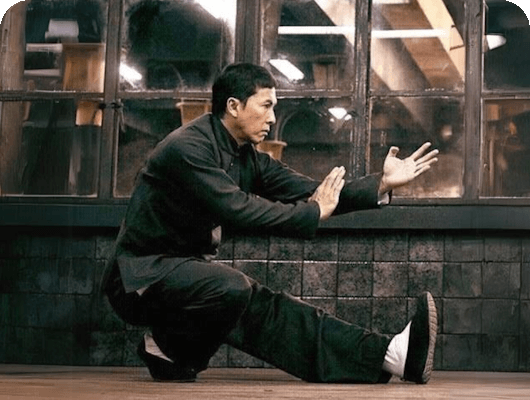
Wing Chun is known for its emphasis on practical self-defense and close-quarters combat. Shang-Chi’s fluid and precise hand movements, as well as his focus on centerline attacks and rapid strikes, reflect elements of Wing Chun. This style is characterized by its economy of movement, direct strikes, and the use of “sticky hands” (Chi Sao) to maintain contact with an opponent and control the centerline. In the film, Shang-Chi’s ability to deliver rapid, consecutive punches and maintain close combat control mirrors the principles of Wing Chun, making his combat style efficient and highly effective in confined spaces.
Tai Chi
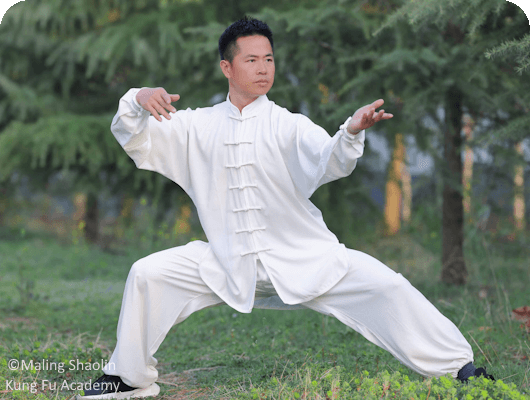
Tai Chi’s emphasis on slow, controlled movements and balance is reflected in Shang-Chi’s use of fluid, deliberate motions. His ability to redirect and absorb attacks showcases Tai Chi influences, especially during moments of defensive combat. Tai Chi, traditionally known for its meditative and health benefits, also incorporates martial applications that focus on using an opponent’s energy against them, achieving a state of harmony and balance. Shang-Chi’s calm and composed demeanor in battle, coupled with his seamless transitions between offensive and defensive techniques, highlights the philosophical and strategic elements of Tai Chi.
Hung Gar
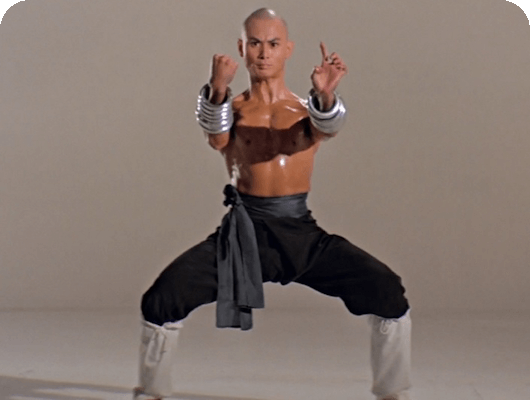
Hung Gar, a traditional Southern Chinese martial art known for its strong stances and powerful strikes, also influences Shang-Chi’s fighting style. This style emphasizes stability, rooted power, and a combination of hard and soft techniques. Shang-Chi’s solid stances and the powerful delivery of his blows are reminiscent of Hung Gar’s emphasis on the Tiger and Crane forms, which blend brute strength with graceful movements. The incorporation of these elements enhances the visual impact of his combat sequences, portraying both strength and fluidity.
Kung Fu Acrobatics
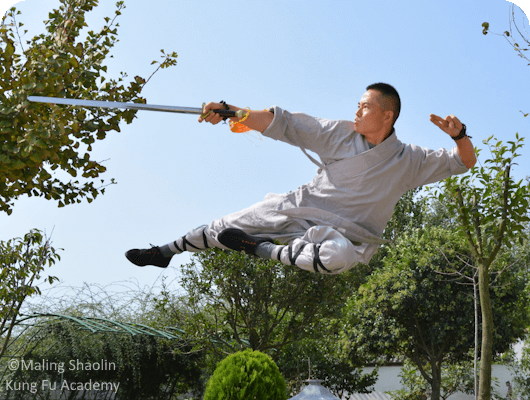
The film incorporates acrobatic movements, flips, and spins, showcasing Shang-Chi’s agility and athleticism. These elements draw from various Kung Fu forms that incorporate dynamic and acrobatic techniques, such as Northern Shaolin Kung Fu, to create visually stunning fight sequences. Northern Shaolin is known for its extended, high kicks, swift movements, and aerial maneuvers, which contribute to the high-energy and visually captivating fight scenes in the movie. The acrobatic prowess displayed by Shang-Chi adds an element of spectacle and showcases his versatility as a martial artist.
Additional Influences
Beyond these primary styles, the choreography in “Shang-Chi and the Legend of the Ten Rings” also incorporates modern wushu, which emphasizes performance and aesthetics, blending traditional techniques with contemporary flair. This amalgamation of styles not only pays homage to classic Kung Fu cinema but also ensures that the action sequences are fresh and exhilarating for modern audiences.
The Role of Iron Rings in Kung Fu
One intriguing aspect of Shang-Chi’s training is the use of the Ten Rings, a departure from traditional Kung Fu practices involving iron rings. However, the concept of using a powerful accessory for combat training echoes traditional Kung Fu methods:
Traditional Iron Rings
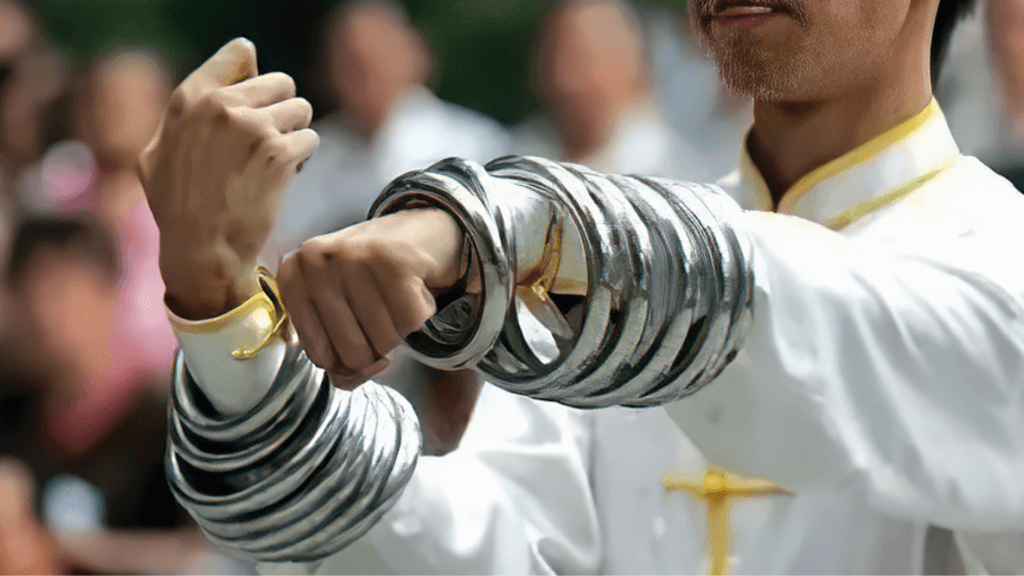
In Kung Fu, iron rings, also sometimes made of wood, are used as training tools to condition and strengthen limbs. Worn on the forearms, wrists, or hands, these rings enhance striking abilities and increase resistance to impact.
The use of iron rings can be traced back to the Shaolin Monks, who incorporated various forms of weight training into their regimen to enhance their physical capabilities and combat skills. Over time, the practice spread to various Southern martial arts styles, where it became a staple in traditional training methods. Styles such as Hung Gar, Choy Li Fut, and Wing Chun have been known to incorporate iron rings into their training regimens.
Adaptation with the Ten Rings
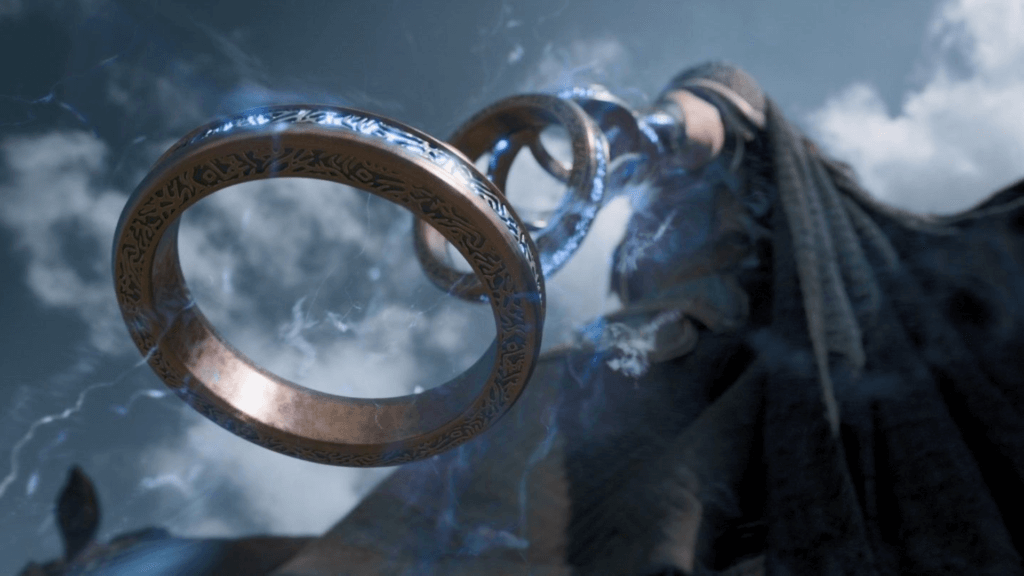
Shang-Chi’s training with the Ten Rings is a cinematic adaptation of traditional iron rings, infusing the narrative with a unique blend of ancient artifacts and martial arts mastery. In the movie, The Ten Rings are ancient artifacts of immense power that grant their wielder various abilities with each possessing a unique power.
The rings have been used by the Mandarin, a powerful and enigmatic figure, to establish dominance and control. Shang-Chi’s connection to the rings is significant, as his father, Wenwu (the Mandarin), has wielded them for centuries.
Shang-Chi’s journey involves confronting his past, his father, and the power of the Ten Rings. The rings play a crucial role in the movie’s narrative, both as a source of conflict and a means to explore the character’s identity and heritage.
Conclusion
By seamlessly blending traditional Kung Fu techniques with cinematic flair, “Shang-Chi and the Legend of the Ten Rings” creates a visually stunning representation of the character’s combat skills. Shang-Chi’s journey becomes not only a physical one but also a spiritual exploration of identity and heritage. The incorporation of iron rings, though adapted for the narrative, echoes the traditional training methods used in Kung Fu to enhance strength and resilience.
As audiences witness Shang-Chi’s martial arts mastery, they are treated to a visual feast that not only captivates but also celebrates the intersection of tradition and superhero storytelling in the Marvel Cinematic Universe. We look forward to seeing Shang-Chi and the Iron Rings again in the upcoming sequel!
Check out our students performing in Nanjing with Iron Rings!
